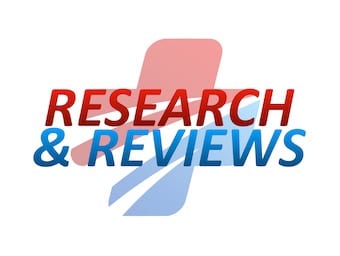Ever wanted to be a Clinical Forensic Medicine Registrar?
A term as a Clinical Forensic Medicine Registrar at the Victorian Institute of Forensic Medicine (VFM) is as close as it gets as a doctor to navigating your way through the murky bowels of crime and experiencing the fascinating world of forensic labs, police stations and courts.









